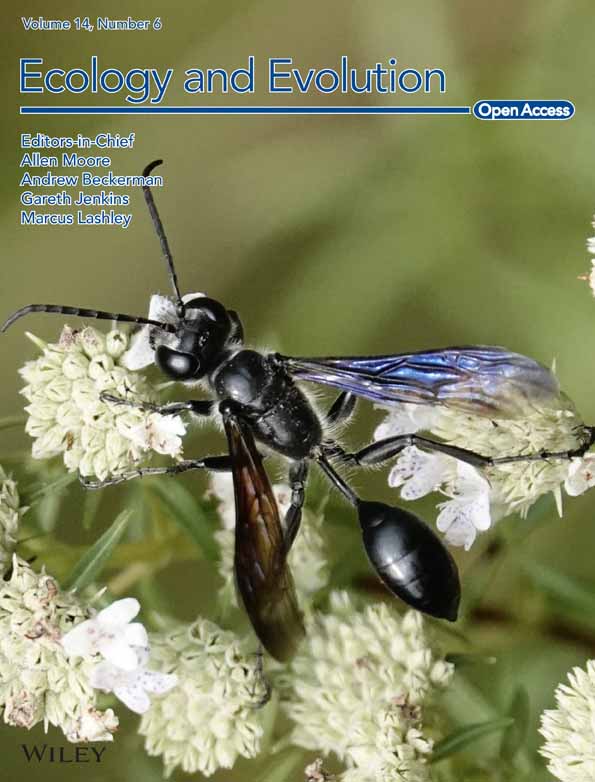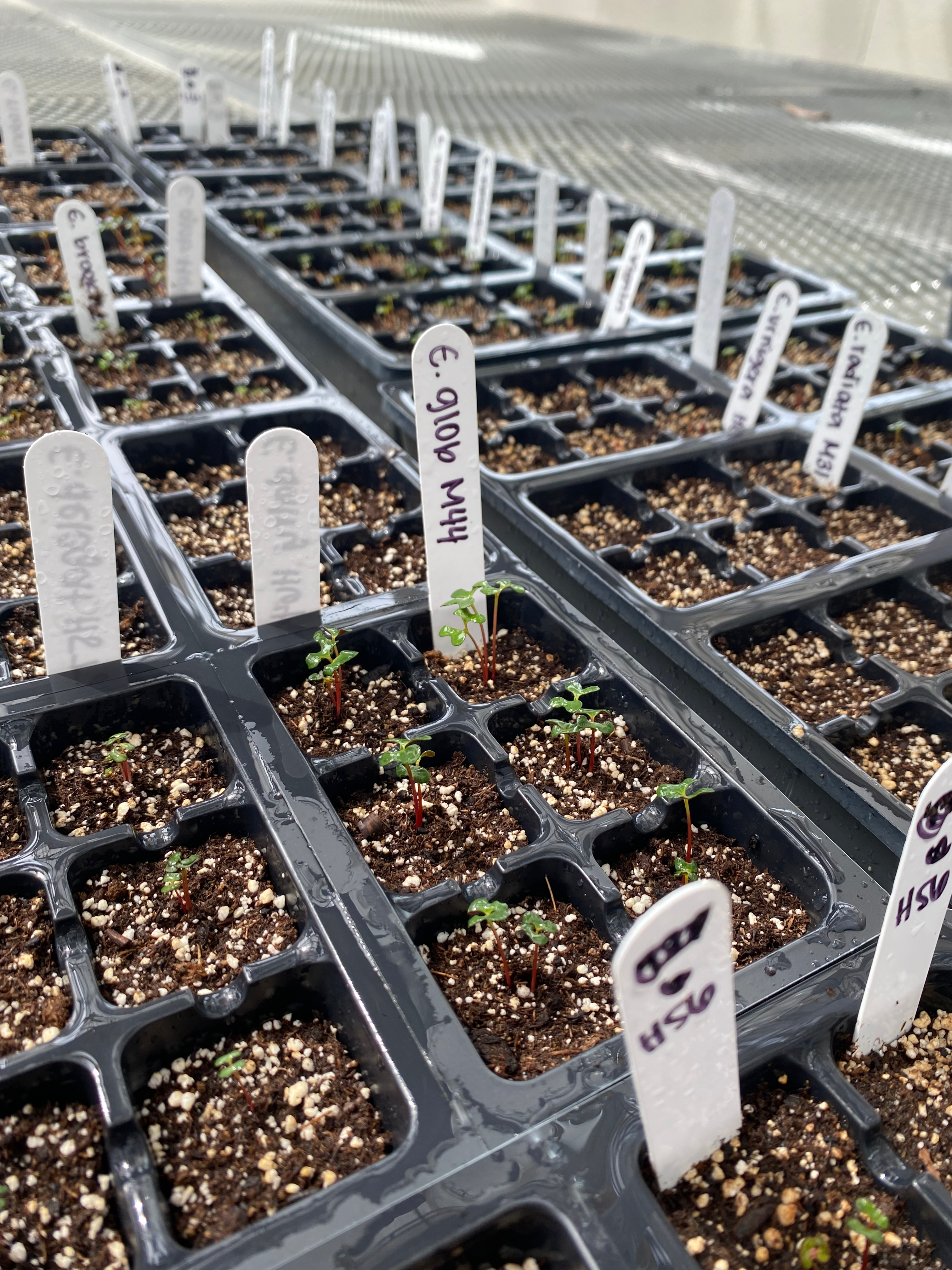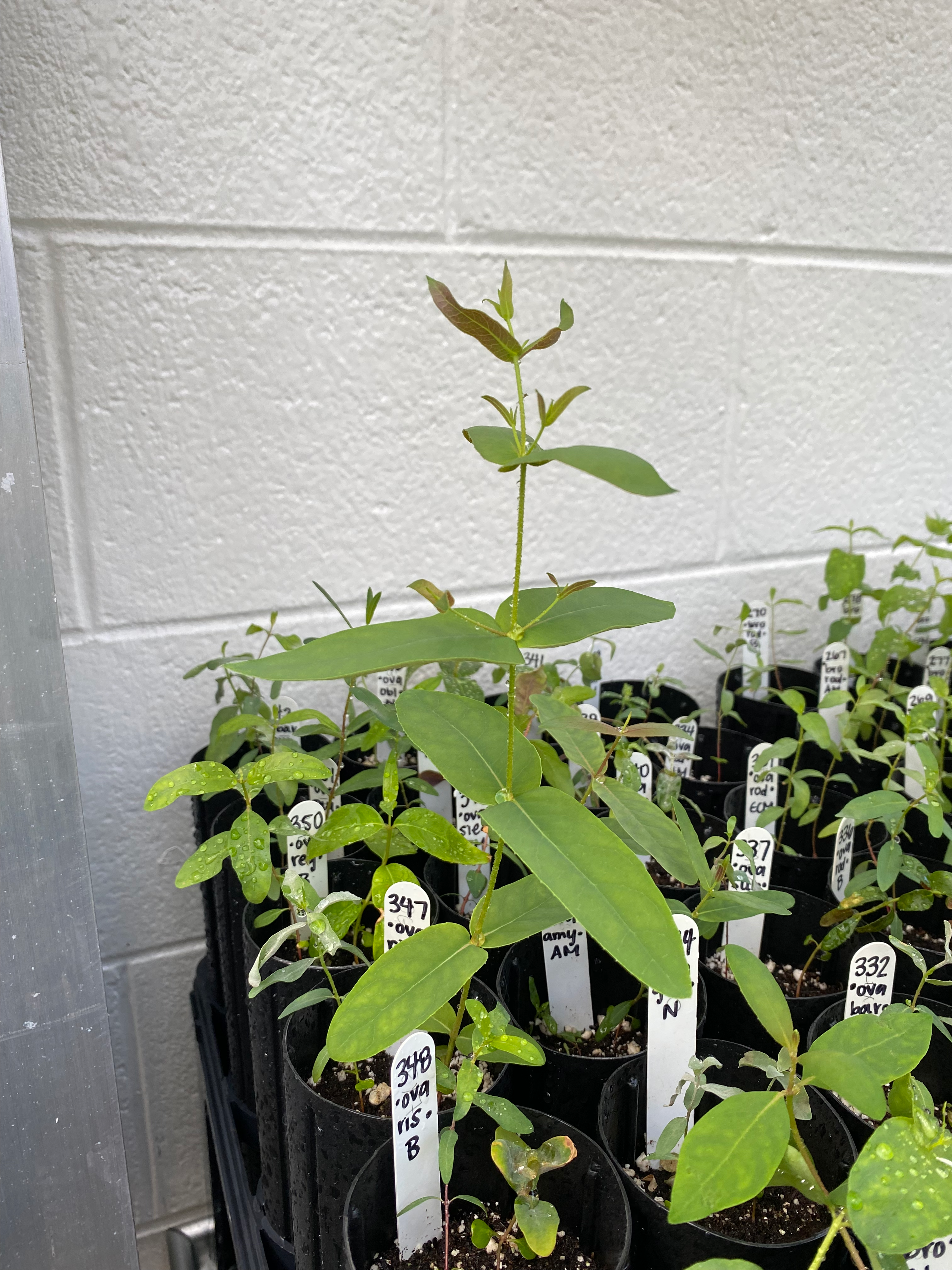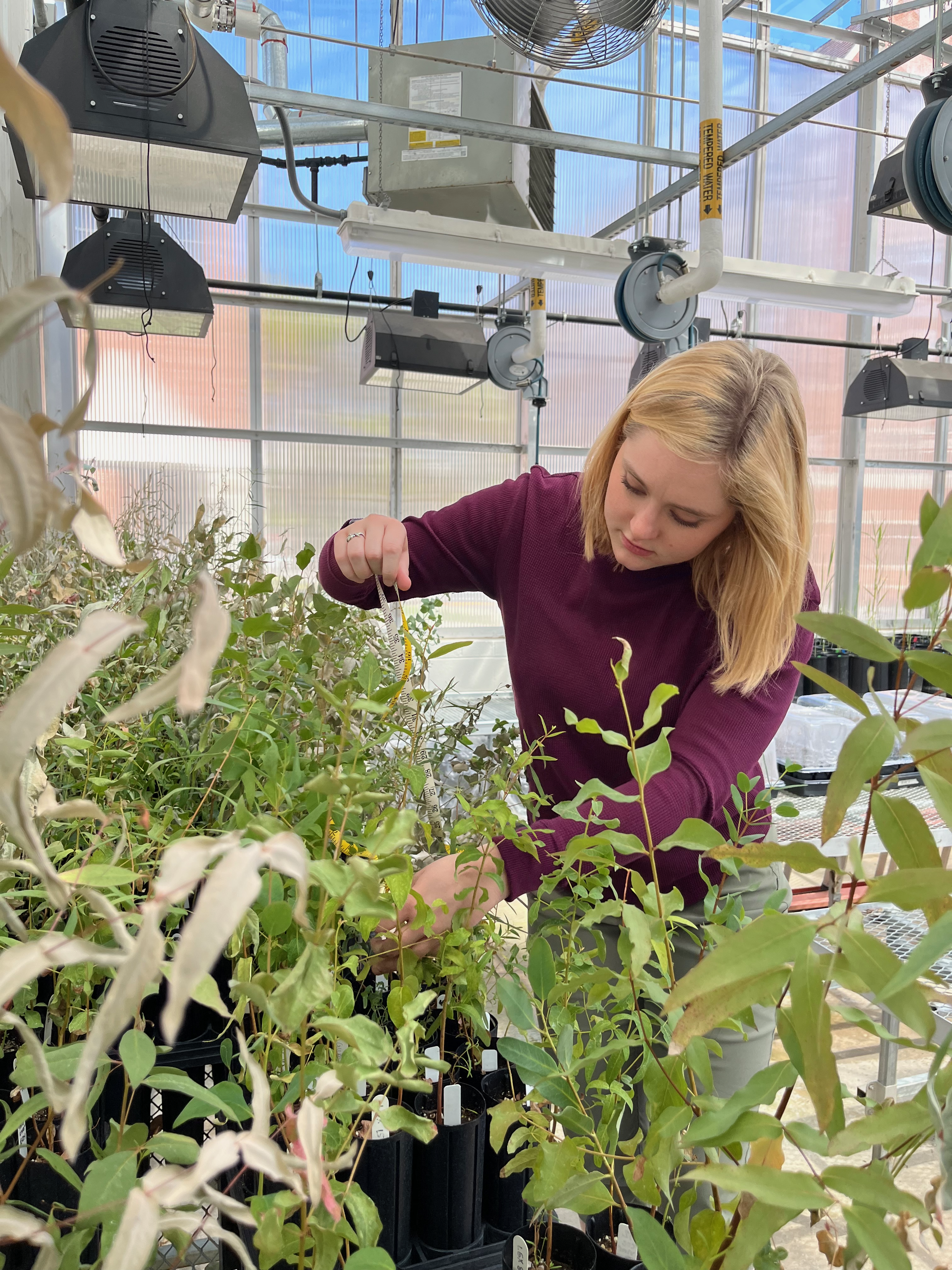Eucalyptus Research
Tasmanian Eucalyptus as a model system to study the evolution of plant rarity and the role of rarity in species-species interactions.
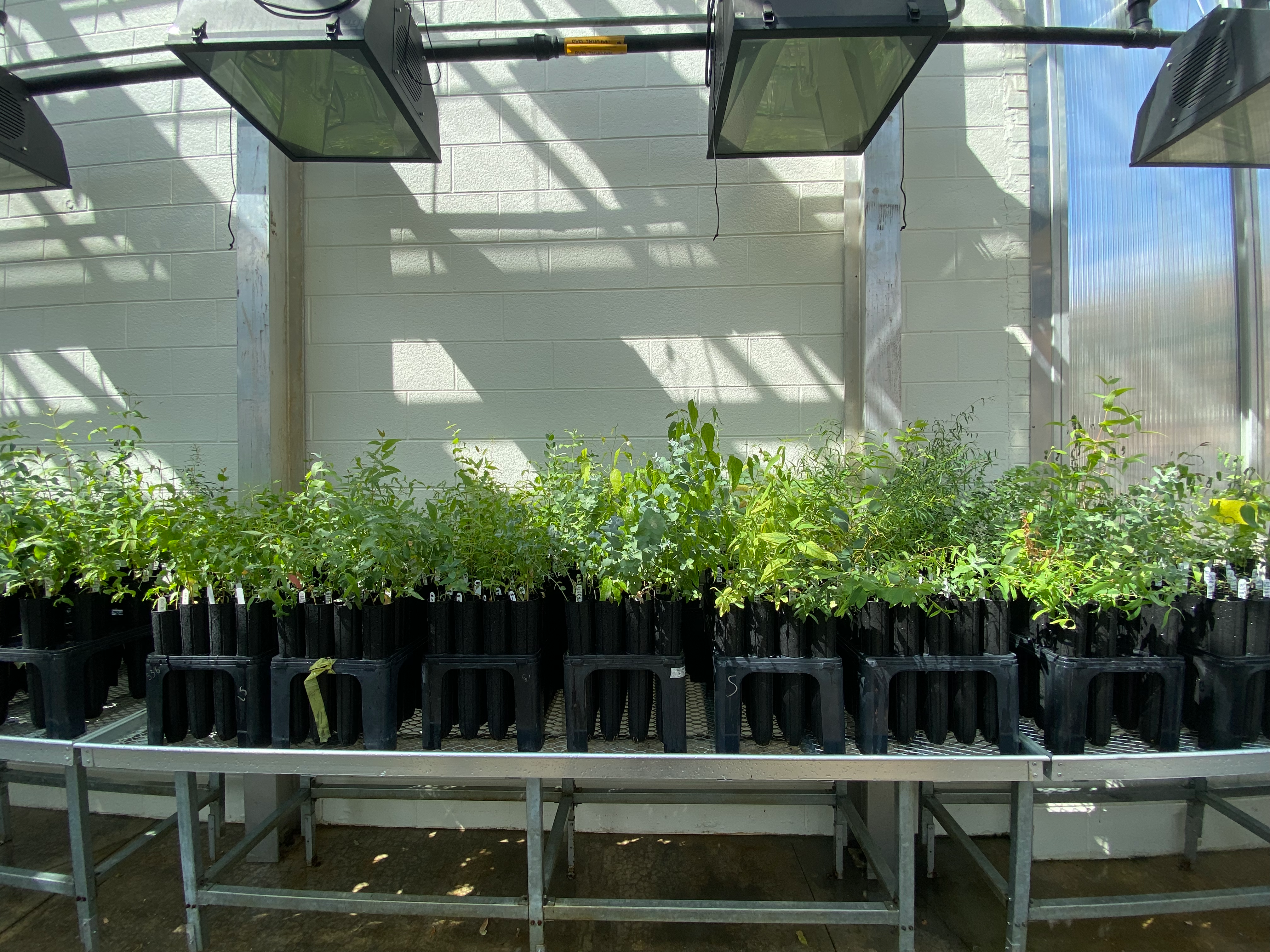
Challenging long-standing assumptions to advance rarity theory
Rarity is often considered a stochastic, ecological response to environmental factors. Ecological perspectives suggest that rarity progresses on a continuum from commonness to rarity and ultimately to extinction, under Anthropogenic change. However, it is difficult to conserve rare biodiversity when we don't know if, how, or which species will become rare, nor if they will continue to persist in community.
Rabinowitz rarity (proposed in 1981) offers a geographic exploration of rarity that is based on the range size, habitat specificity, and local population size of a species. This framework can be used to create an ordinal rank system to characterize and compare variation in rarity. Applications of this system rethink geographic rarity to incorporate functional traits as a key mediator of rarity and rarity as a key mediator of species-species interaction outcomes.
What does this mean?
Rarity is an evolved condition characterized by unique functional traits, such as low biomass and increased allocation to aboveground structures. This syndrome is under convergent evolutionary selection across the phylogeny of Tasmanian Eucalyptus. Although rare species maintain low biomass and low abundance within communities, they demonstrate non-additive positive interactions with less rare species of similar and intermediate phylogenetic relatedness. In short... climate has likely driven rare species to repeatedly become smaller, but rare species perform well and persist with closely related common species.
This suggests that rare species may continue to persist in community due to their own rarity. However, as species become progressively more rare under climate change, the evolutionary and ecological processes that maintain rarity and the ecosystem functions supported by high biomass common species may be disrupted.
